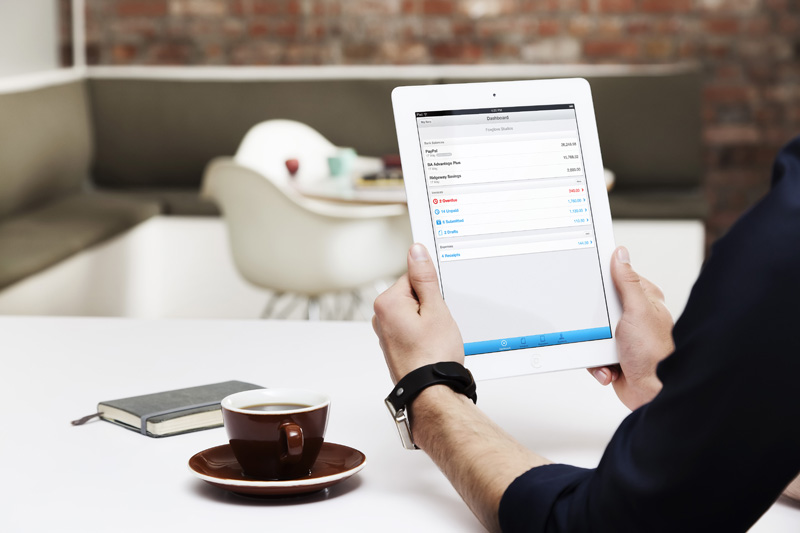
Making Tax Digital for VAT: How does the VAT Threshold work?
7 Apr 2020Since coming into effect on Monday, April 1st, Making Tax Digital for VAT has demand small business owners with a turnover above the £85,000 VAT threshold to keep all records digitally and submit them to HMRC using approved software.
Self-employed people including local shop owners, barristers and landlords are among those who must comply with the new regime.
As with any new regime, there are teething problems and adaptations to be expected, but perhaps one of the most important things to understand right now is how Making Tax Digital for VAT works in reality with the existing VAT threshold mentioned above.
As a small business accountant, we understand a change to the tax system may seem daunting or challenging. In response to this, our team are certified experts in Making Tax Digital and are fully equipped to help you adjust to the new digital process.
Want to speak more to an accountant about Making Tax Digital? Get in touch here, or try our instant accounting quote tool and one of our team will contact you shortly.
Key points of Making Tax Digital for VAT
Before plunging into the practical examples of how the threshold works, there are two vital points everyone should be aware of as we embark the digital era of tax.
-
Once a business has exceeded the threshold in any rolling 12-month period from March 2019, it must join Making Tax Digital from the beginning of its next VAT period. If a business submits VAT returns on a quarterly calendar basis (to end of: March, June, September, December) and it exceeds the threshold for the first time in the 12-month period to July 31st, 2019, it must join Making Tax Digital on October 1st, 2019, i.e. for its VAT return for the period to December 31st, 2019.
-
The business must sign up to join Making Tax Digital for VAT at least one week before the VAT return is due. HMRC will not sign up businesses for Making Tax Digital even if the business is already VAT registered. To repeat, the sign-up does not happen automatically, so there must be initiative on the business’ end to register.
Exclude exempt sales
Let’s say a real estate agent owns four commercial properties, with annual rent of £30,000 earned from each of them. The rent on two of the properties is taxable because of an option to tax election but the rent on the other two properties is exempt.
Solution: It is only taxable sales that count as far as the Making Tax Digital threshold is concerned, and the annual taxable sales of £60,000 is less than £85,000. The business does not need to join Making Tax Digital - the rental income on the two non-opted properties is ignored.
Exclude outside the scope
A technology consultant only supplies services to one UK-based customer and one business customer in France, earning annual fees of £50,000 from each client.
Solution: The fees from the French business are outside the scope of UK VAT under the general B2B rule for the supply of services ie the supply is subject to the reverse charge in France. The consultant’s annual taxable sales are £50,000, i.e. less than the Making Tax Digital threshold.
Include zero-rated income
A charity sells donated goods from a shop (annual sales are £60,000) and also has a small coffee shop in a separate building with annual turnover of £40,000 excluding VAT.
Solution: Total annual taxable sales exceed £85,000 because the zero-rated shop sales are still taxable, albeit at a rate of 0%. The charity must join Making Tax Digital for its first VAT period beginning on or after April 1st, 2019.
This example also highlights the important point that charities do not get special treatment or exemptions as far as Making Tax Digital is concerned.
Threshold excludes VAT
A vegan restaurant has daily gross takings of £1,800 per week.
Solution: The above figure includes VAT – the weekly takings excluding VAT are £1,500 ie £78,000 a year and therefore less than £85,000. The business does not need to join Making Tax Digital.
Temporarily breach of threshold
A plumber is VAT registered and usually has annual turnover of £60,000 from labour only work. In the 12-month period to July 31st, 2019, his annual turnover was £90,000 because of a one-off job in July that meant he also supplied a lot of materials to his customer. His future turnover will revert to £60,000 a year.
Solution: The plumber must join at the beginning of his first VAT period starting after July 31st, 2019 and cannot withdraw in the future, even though his turnover will fall below the threshold again.
The only way of avoiding Making Tax Digital will be if he deregisters from VAT, which he will be entitled to do after July 31st because his taxable sales in the 12-months thereafter are expected to be less than the de-registration threshold of £83,000.
Voluntary registrations
The businesses in examples 1 and 2 above are registered for VAT on a voluntary basis; their annual taxable sales are less than £85,000. This is why they are excluded from the need to register for Making Tax Digital for VAT.
However, voluntarily registered businesses can join Making Tax Digital for VAT if they wish, and the good news is that if they join and don’t like the Making Tax Digital world, they can subsequently withdraw and revert to non-digital record keeping and submit their VAT returns using the old HMRC portal.























